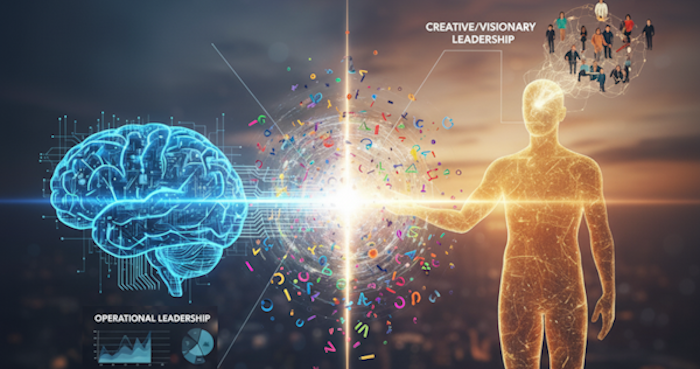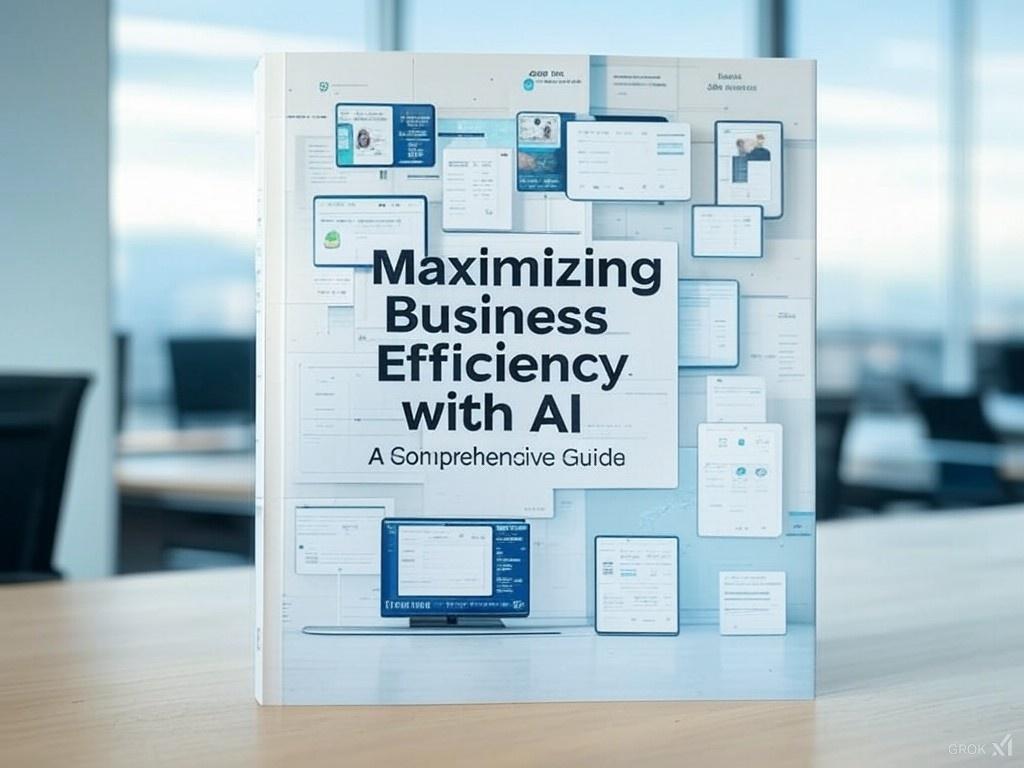
Artificial Intelligence (AI) is no longer a futuristic concept — it’s shaping decisions in finance, healthcare, logistics, and even creative industries. But can it truly lead?
What Is AI?
Artificial Intelligence (AI) is the ability of computer systems to perform tasks that normally require human intelligence, such as learning, reasoning, problem-solving, perception, and decision-making.
What Is Intelligence?
Britannica defines human intelligence as “the mental quality that consists of the abilities to learn from experience, adapt to new situations, understand and handle abstract concepts, and use knowledge to control an environment.”
This definition highlights a challenge: replicating the full spectrum of human intelligence in machines is far from straightforward. Computers can mimic aspects of reasoning and problem-solving, but the richness of human adaptability and imagination is harder to capture.
Inputs, Outputs, and Nonsense
Computers must be given inputs to produce outputs. Their results are always based on prior data, rules, or programming. Random inputs often break them. Humans, by contrast, can generate ideas spontaneously — even from nonsense. We can daydream, imagine, and invent meaning where none exists.
AI blurs this line. Given random input, traditional computers would error out. Modern AI, however, generates probabilistic responses that look creative. Yet these are built from patterns in prior data, not true invention. Humans can spontaneously create meaning; AI simulates it.
This ability to transform nonsense into insight is a fundamental difference. Humans can turn randomness into creativity, metaphor, or vision. AI can remix patterns convincingly, but it doesn’t originate meaning in the same way.
Leadership and Human Ability
Leadership often requires navigating randomness, ambiguity, and incomplete information. To lead effectively, you need to make sense of chaos, imagine futures, and inspire others. These are deeply human abilities.
So, can AI lead?
What “AI Leading” Could Mean
- Operational leadership: AI directing processes, optimizing workflows, and making decisions faster than humans. This already happens — for example, AI rerouting supply chains during crises.
- Creative/visionary leadership: Inspiring new directions, setting goals, and motivating people — traditionally human territory.
- Adaptive leadership: Handling ambiguity, randomness, or “nonsense” and turning it into opportunity. This is where humans shine.
Why Human Ability Matters
- Sense-making in chaos: Humans can take contradictory or nonsensical inputs and create meaning.
- Vision & imagination: Leaders don’t just react; they conceive futures that don’t yet exist.
- Emotional resonance: Humans connect through metaphor, humor, and inspiration — driving collective action.
AI’s Current Limits
- AI can simulate creativity with nonsense, but it doesn’t truly understand or intend.
- It excels at pattern recognition, optimization, and probabilistic reasoning, but struggles with ambiguity that lacks structure.
- Without the ability to invent meaning from nonsense, AI risks being seen as a tool rather than a leader.
The Answer
- For AI to lead in the human sense: Yes, it would need some analogue of the human ability to generate meaning, vision, and direction even from randomness or ambiguity.
- For AI to lead operationally: No — it already leads in efficiency, scale, and precision without imagination.
- The real frontier: Moving from reactive intelligence (based on inputs) to generative intelligence (conceiving outputs without clear inputs). That’s the leap toward leadership.
How and When AI Could Get There
AI may approach true leadership when three breakthroughs converge:
- Advances in generative reasoning: Moving beyond pattern-matching to genuine abstraction and conceptual invention.
- Integration of emotional intelligence: Developing systems that can resonate with human values, humor, and metaphor — not just simulate them.
- Adaptive autonomy: Building AI that thrives in ambiguity, able to create meaning from incomplete or contradictory inputs.
When?
- Near term (5–10 years): AI will continue to expand operational leadership — optimizing industries, managing complexity, and supporting human leaders.
- Medium term (10–20 years): With progress in generative models and multimodal reasoning, AI may begin to show glimpses of adaptive leadership, especially in structured domains.
- Long term (20+ years): If breakthroughs in abstraction and emotional resonance occur, AI could begin to lead in a human-like sense — conceiving vision, inspiring people, and turning randomness into opportunity.
Of course, no one really knows — timelines in AI are a bit like predicting when your toaster will suddenly start writing poetry. Fun to imagine, but impossible to pin down with certainty.
Conclusion
AI can lead in systems today. To lead in vision tomorrow, it must learn to turn ambiguity into meaning — the essence of human leadership. The timeline depends not just on technology, but on how we choose to design, guide, and trust AI in the decades ahead.


